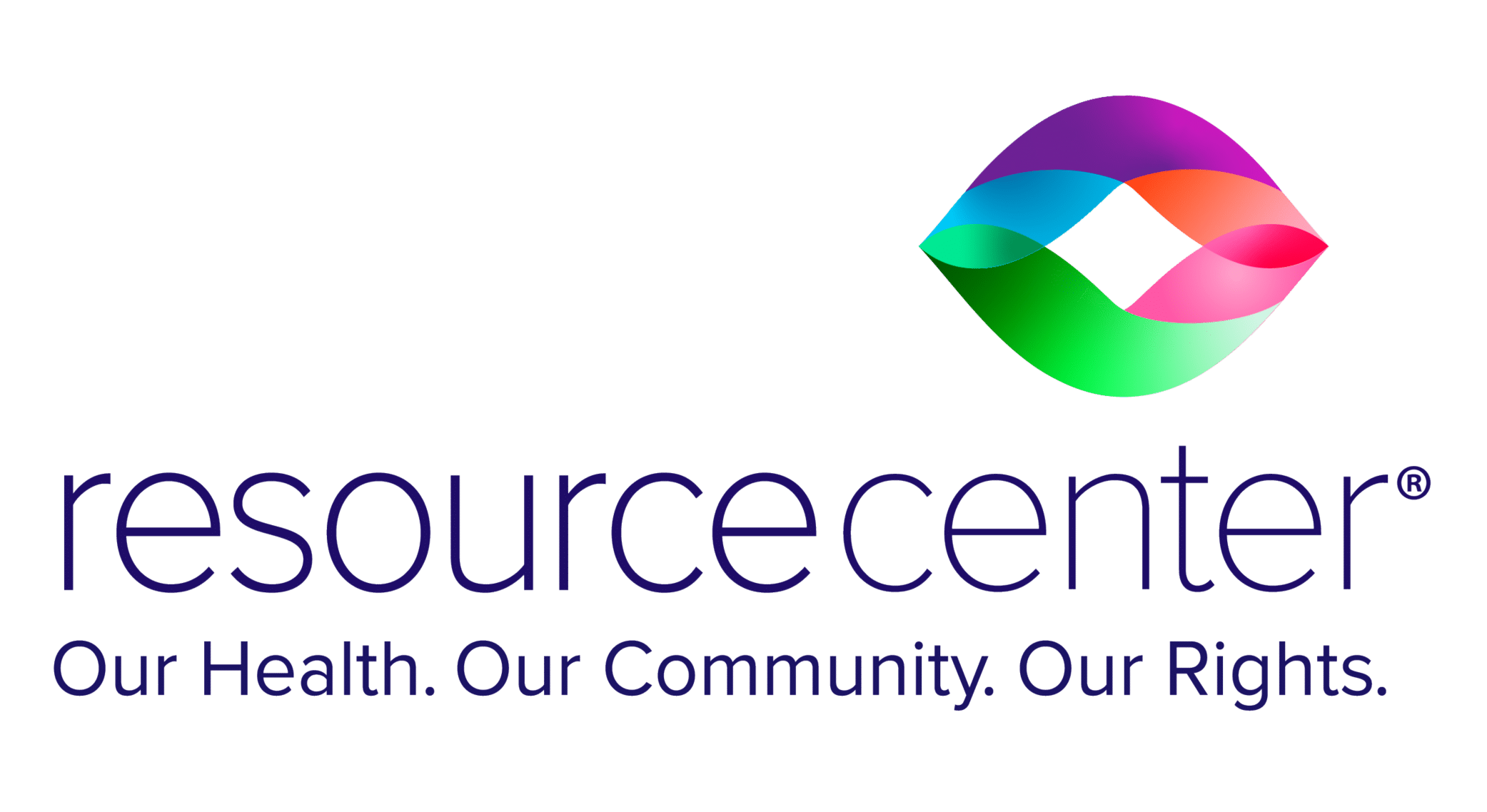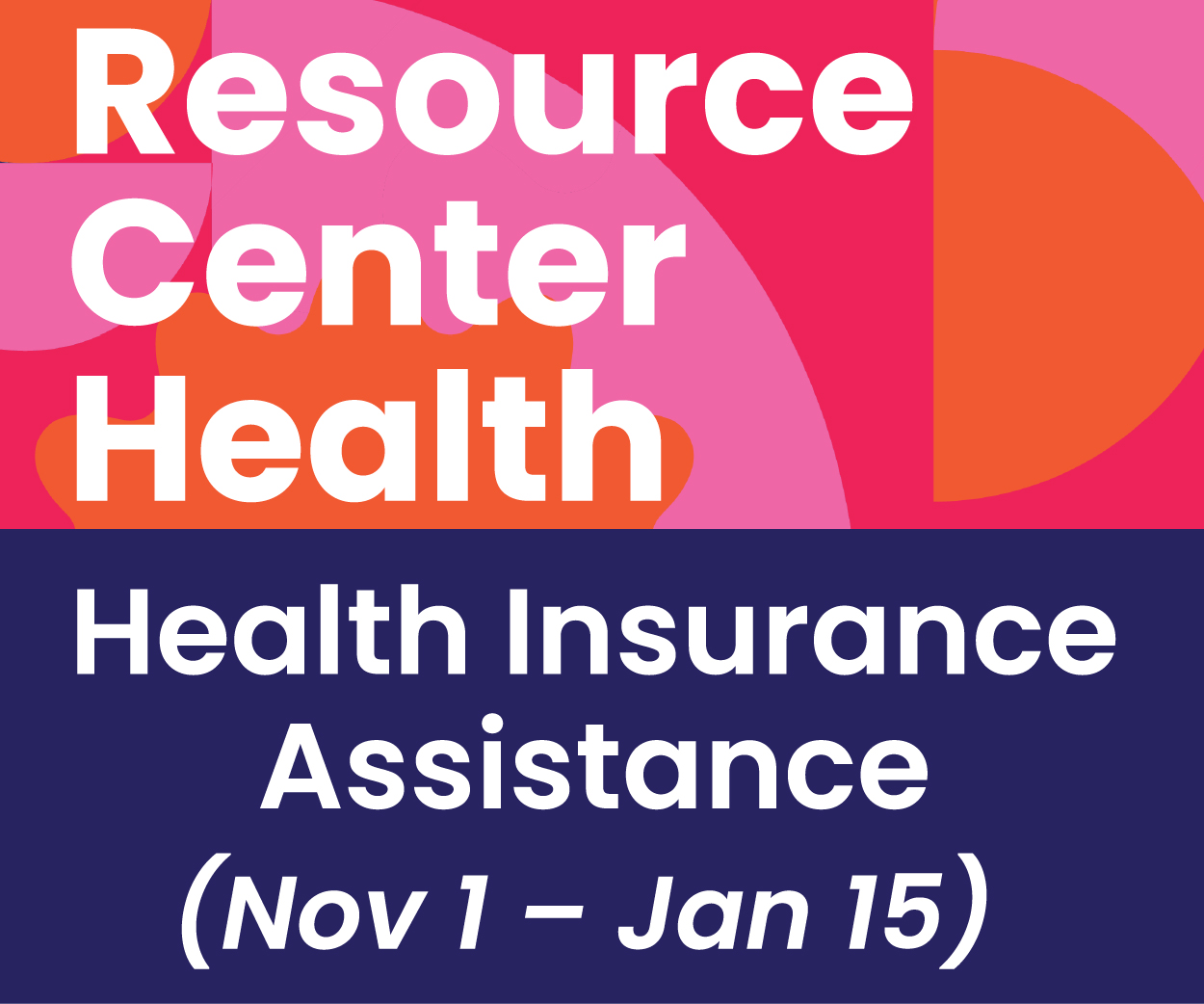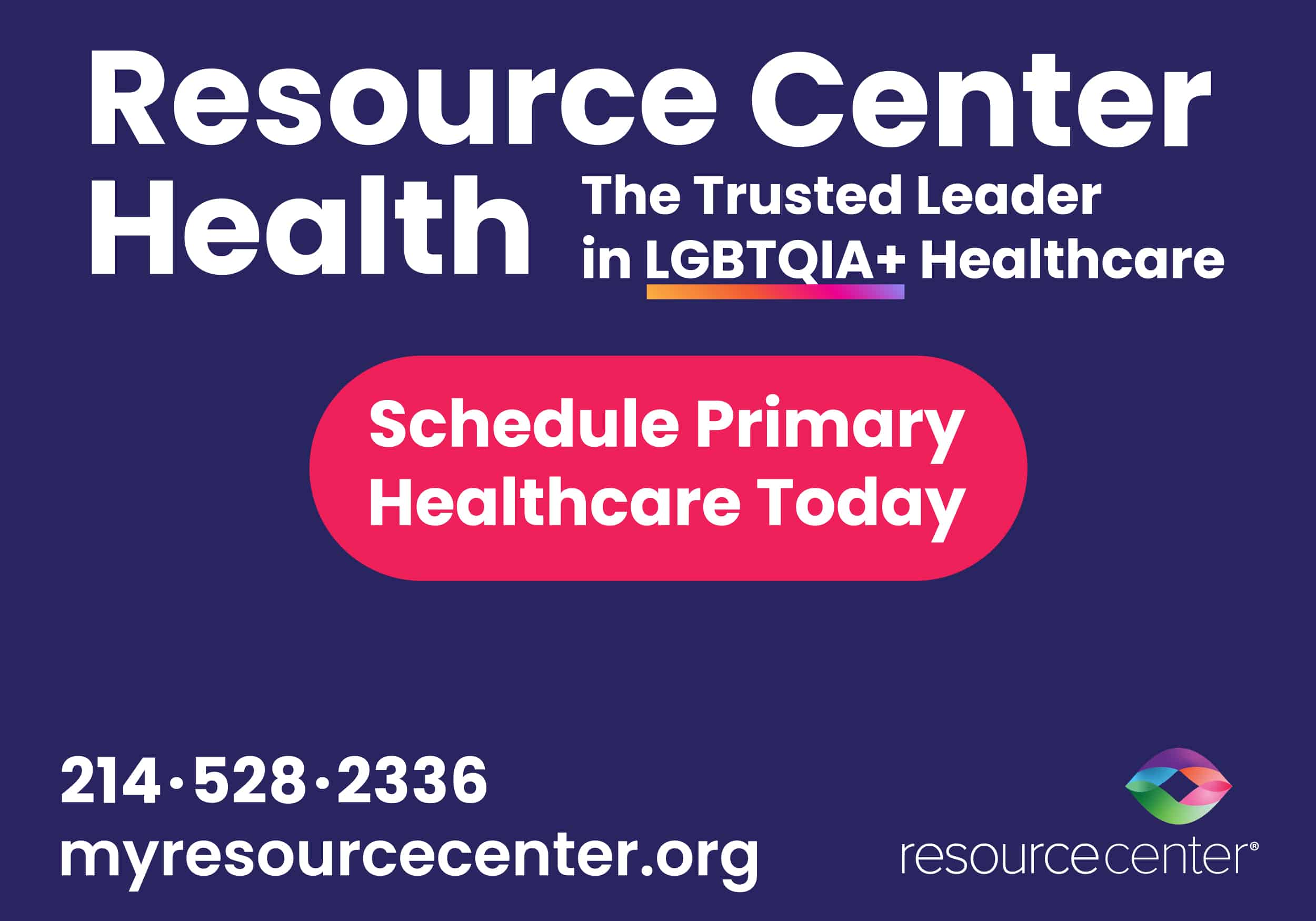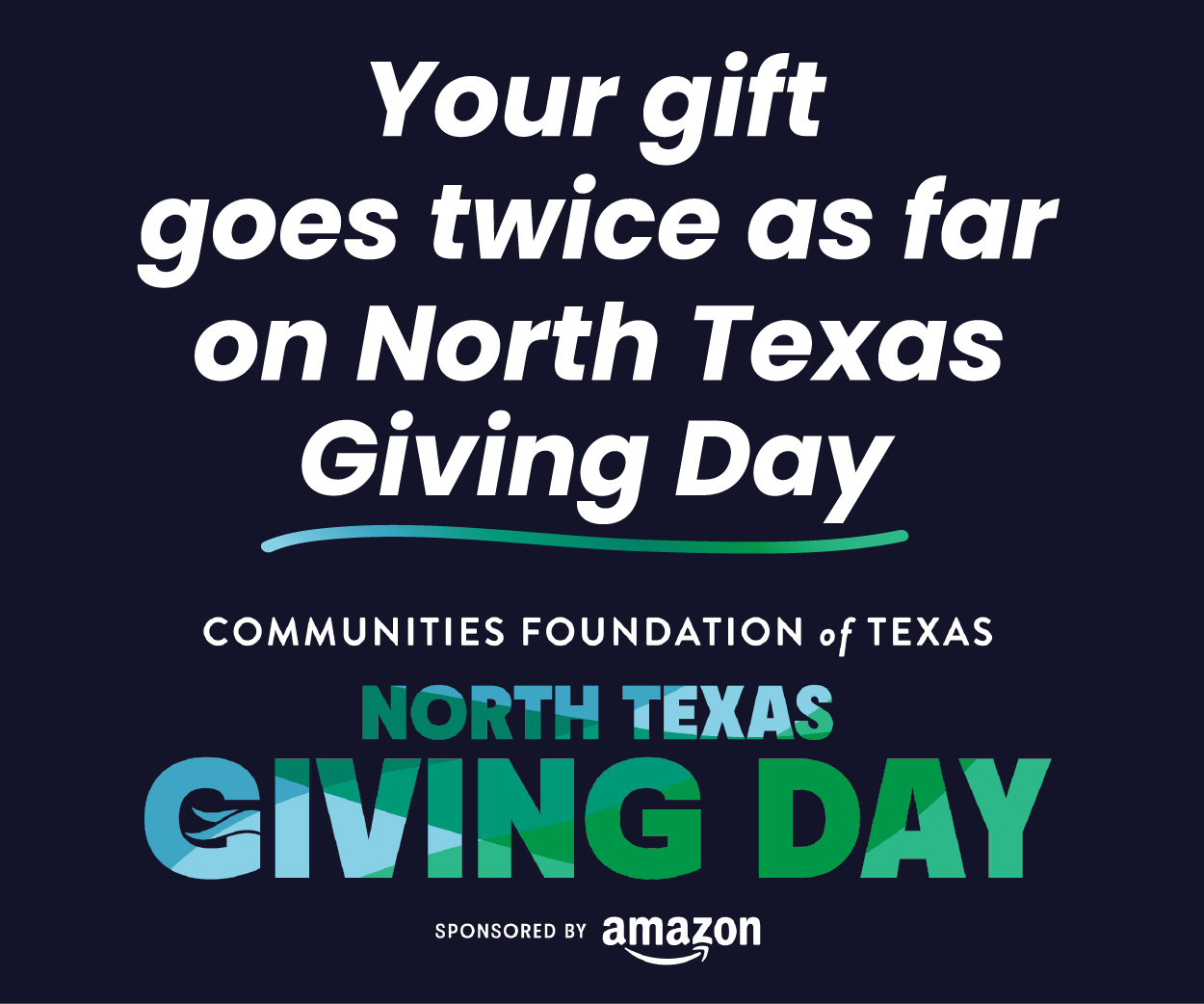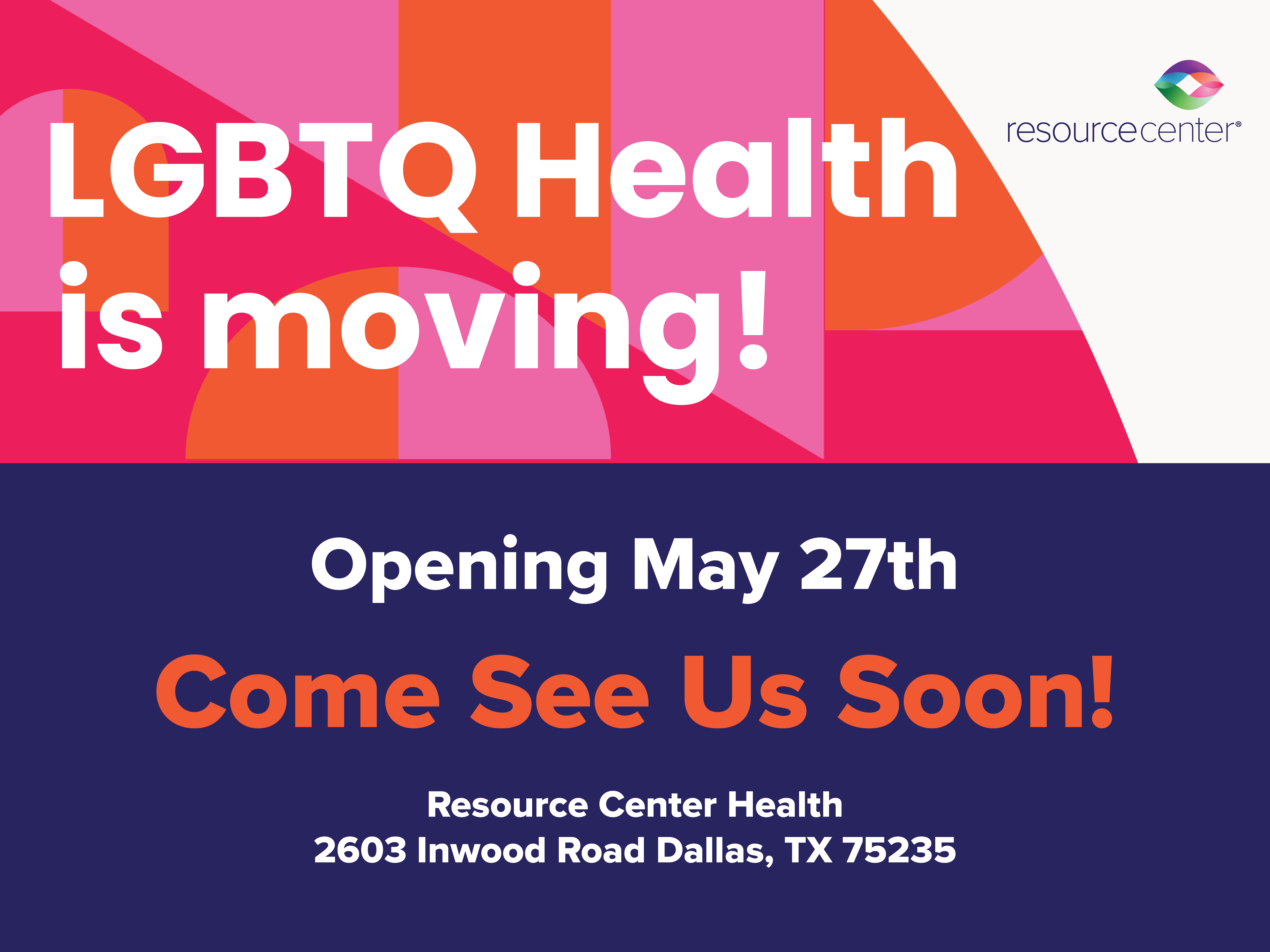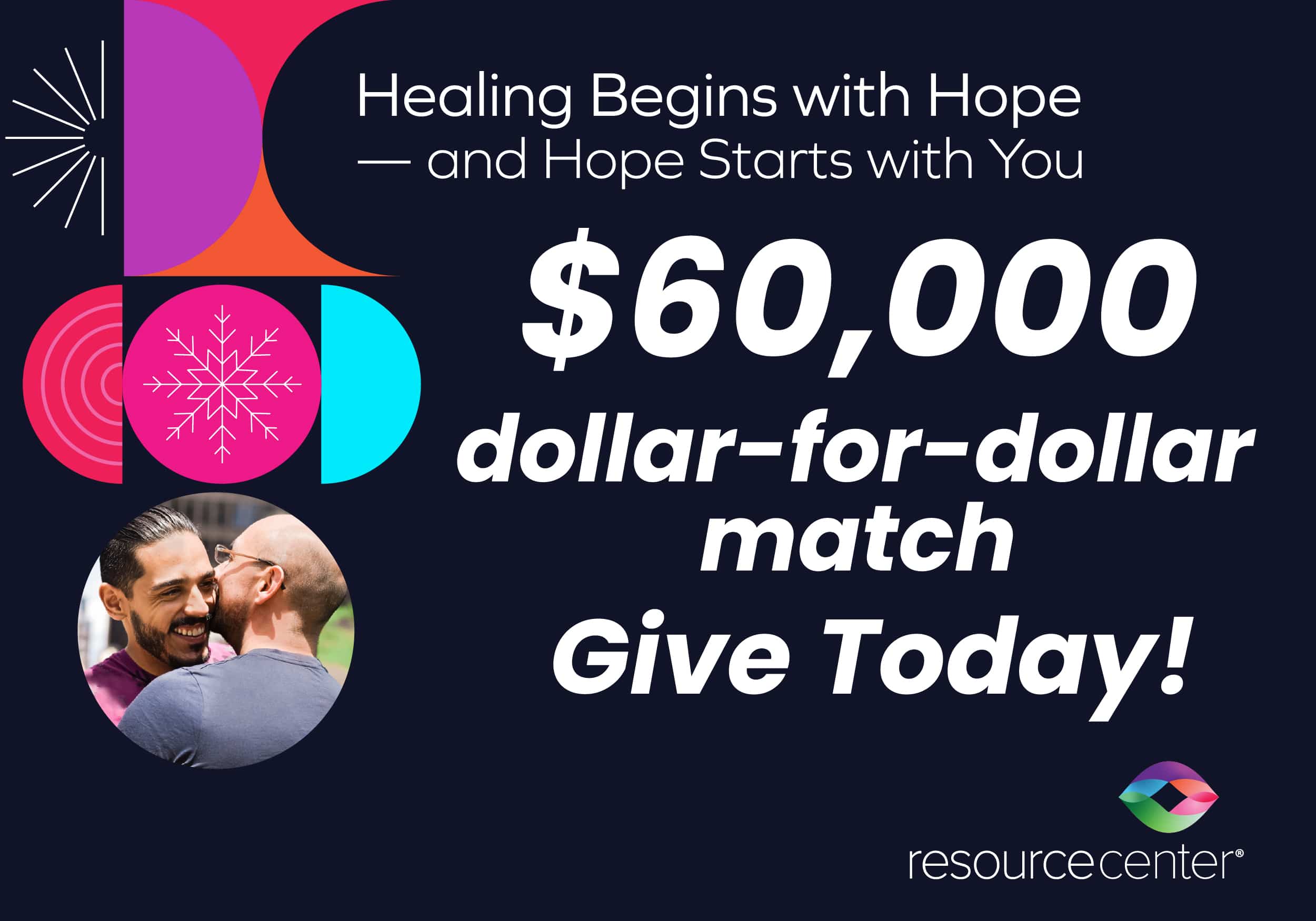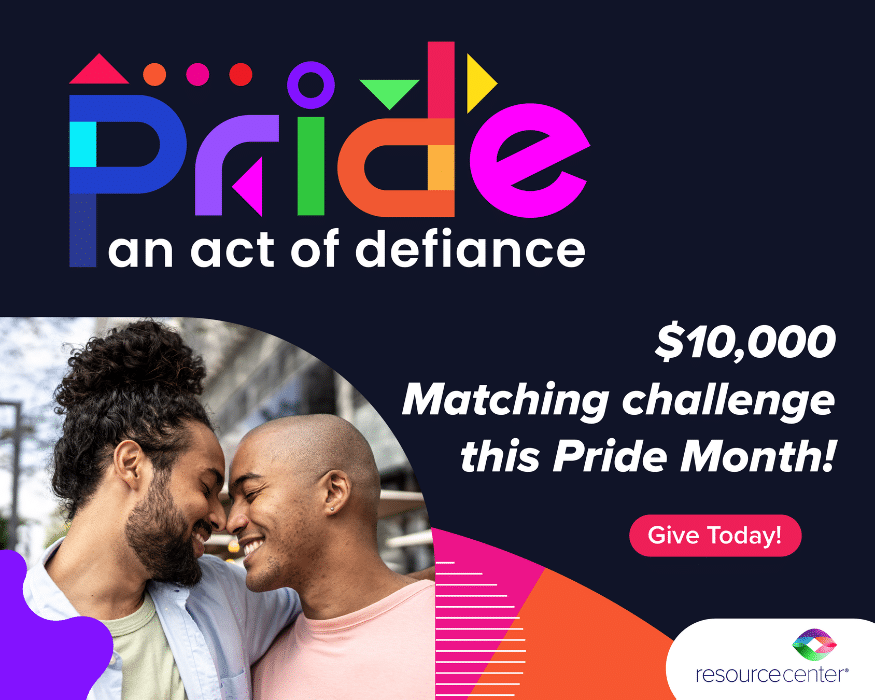According to Trans Student Educational Resources “queer youth of color face unique hardships that lead to extreme amounts of discrimination.” To address these concerns and help build confidence, the Center’s Youth First program has hosts a monthly support and discussion group, Queer Youth of Color (QYOC) for LGBTQIA+ youth of color, ages 12-18. QYOC is a peer-to-peer support group that is facilitated by community volunteers that serve as mentors for the youth. Some topics that are discussed include embracing your identities, representation, visibility, self-worth and healthy relationships.
“QYOC Nights give me a chance to be around other kids that I can relate to and discuss things I don’t always feel comfortable talking about. It’s nice to talk to adults who respect us and understand our perspective and experiences… I feel hopeful when I hear their stories and how they made it through their teen years. It makes me feel like I can be successful, too.”
Alex, age 13 and Youth First participant
To dive deeper into the intersectionality of being a person of color (POC) and LGBTQIA+, we interviewed Mel Saucedo, one of the facilitators of QYOC.
Mel, tell us a little bit about your background as a facilitator of QYOC. “I began by interning with Youth First when I was a student at UT Dallas during the Fall 2020 semester. This means that I was able to give a specific focus to working on the development of QYOC beyond contributing as a facilitator. I joined the program mid-COVID-19-pandemic and continue to engage with the community on an entirely virtual platform to this day.”
Why have a program that focuses on POC and LGBTQIA+ youth? “QYOC is one of several groups within Youth First that focuses on a specific segment of the population. The specific focus of this group, which is by and for people of color, allows us to give a specific space to a population with a range of needs.”
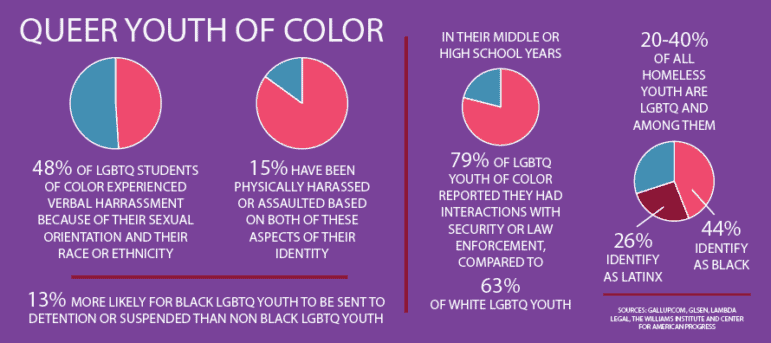
Describe how a typical discussion group works. “As a group of five adult facilitators, we aim for a typical group meeting to have two to three facilitators who work together to chat with the youth about whatever it is they have on their mind. Generally, QYOC is very free-flowing as it is primarily a sociable space for youth to make connections with other people who may have shared or similar experiences.”
Why it is important to provide a group specifically for queer youth of color? “A group dedicated to youth of color is necessary to adequately support queer youth populations in any area. The vast majority of professional LGBTQIA+ events and services in the U.S. serve overwhelmingly white populations. Without initiatives like QYOC, the specific needs of people of color would inevitably be overlooked, leaving queer youth of color with significantly less support than their white peers.”
What are some of the topics that the youth are particularly interested in? “Some of the richest conversations that I have participated in with the youth have been centered around our different types of identities and our experiences with them. They especially love delving into the idea that there is no monolithic experience of any identity- meaning that even people with the same identities as one another will hold different perspectives and experiences of those identities. Beyond delving into their selves, they seem to find both validation and community in connecting with other youth and facilitators like themselves.”
“A successful QYOC experience is one in which a youth sees themselves in another person, whether it be through sharing a laugh or recognizing common experiences with one another. At this time, QYOC truly is a space for LGBTQIA+ kids of color to breathe and be themselves.
My favorite success story is of one of our current facilitators, Charlie, who used to be a part of the QYOC program as a youth when he was a teenager. He continues to contribute to the program because he enjoys it and recognizes the value of mentoring the youth after him.”
What are some examples of how the facilitators mentor the youth? “We emphasize to the youth that this is their space to take up and use however they may need in that moment. This means that we often inquire about what is on their minds and then offer advice based on our own experiences. Doing this requires us facilitators to exhibit a high level of vulnerability with the group, but it is always worth it to experience such a connection with a younger queer person.”
Describe why an intentional space for QYOC is an important part of the process of building intersectional alliances.
“A designated space for people of color within Youth First means that children who are not white may receive adequate support from Resource Center. The needs and advancement of queer communities of color deserve a specific focus from the Center if it is to live up to its own mission.
It is also a matter of perceived safety and comfort for populations of color as they may justifiably feel called to connect with other people who have faced the confounding effects of racism and queerphobia. QYOC is not a totally closed space as youth are allowed to bring a friend who is an ally to the communities if that would help them to make the space their own.”
QYOC is facilitated by Mel and four other facilitators who hold a range of backgrounds and identities: Candace Moffitt, Educator & Principal as Instructional Leader; Abraham Hernandez, Sr. Training Consultant at Cigna Pharmacy; Charlie Evangelista, Undergraduate student at the University of North Texas; and Nina Alton, Clinical Research Associate at Children’s Hospital.
For more information, visit myresourcecenter.org/youth
